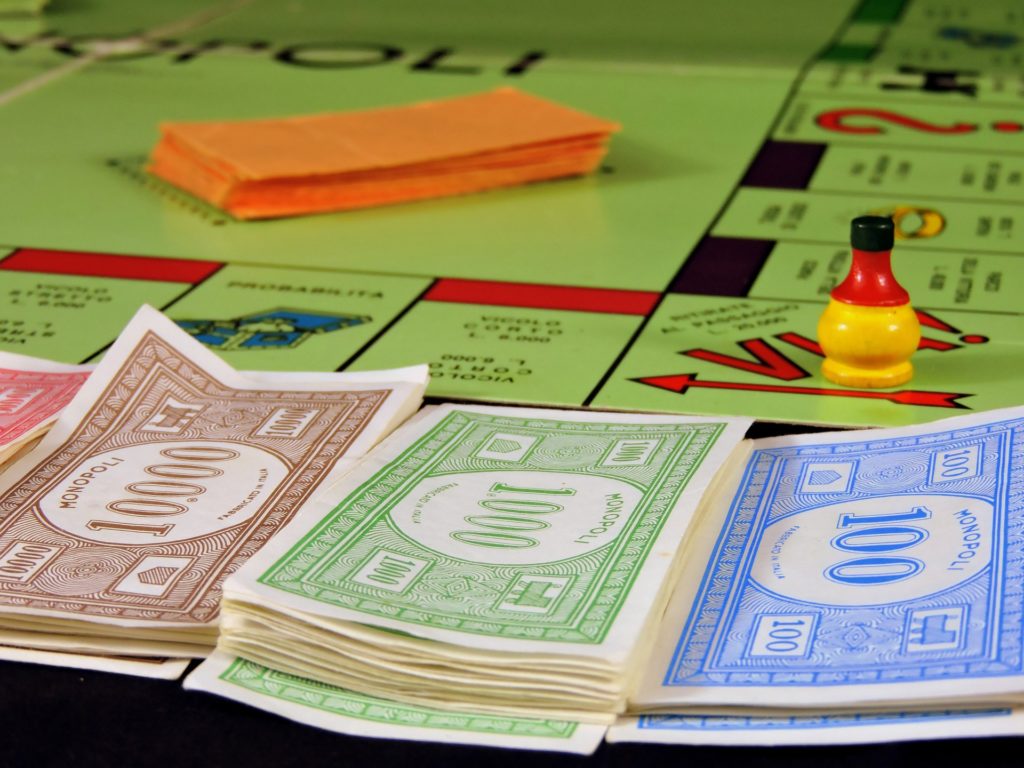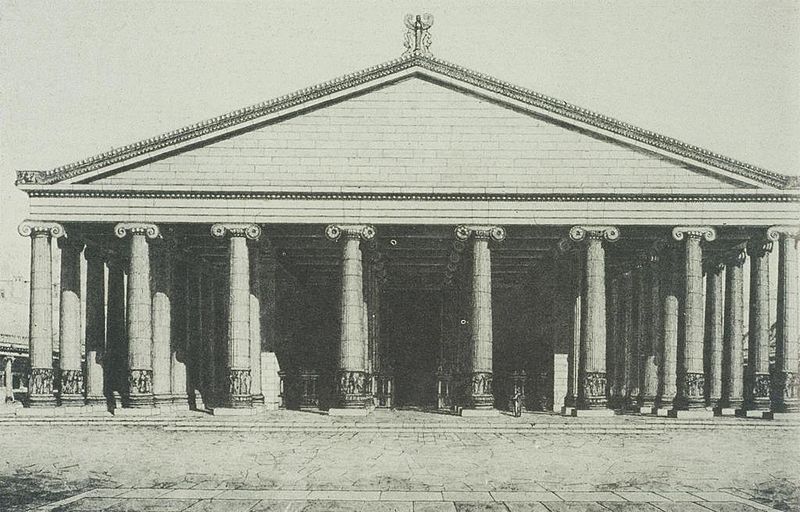Let’s talk about numismatics. Whoa, hang on now, don’t leave…it may sound overly academic and boring, but trust me, it’s not. Numismatics is all about money, specifically the study or collection of coins, paper currency, and medals. I mean who doesn’t like money? We can all relate to money on some level. Am I right? My current relationship status with money is, “it’s complicated”. I know, I know, a lame Facebook joke, but hey I’m a middle-aged woman, so you’ll have to cut me some slack.

OK, I’m going to ask you to humor me. Close your eyes and think back to your childhood. What is your earliest memory that revolves around money? I remember riffling through my mom’s handbag looking for her change purse. I loved to dump all the coins out onto the ground and sort them into groups; it calmed me. Sorting coins is still satisfying and I still get to do it sometimes when we empty the coin vortex in the Grand Hall. It’s somewhat less calming these days because a lot of things deposited down that hole are decidedly “not money” Some of the items are borderline horrifying. But that’s a subject for another blog.
My other childhood money-memory revolves around Monopoly. I had a love/hate relationship with that game. I still do. I absolutely adored the miniature bills in white, pink, blue, and green, if my memory serves. And who doesn’t have childhood memories of the tears, board flipping, and cheating associated with a rousing game of Monopoly? As it turns out, Monopoly is an amazing oracle. It predicted, with stunning accuracy, the future financial acumen of all the children in the McMurray clan. If that sounds a bit farfetched, please allow me to explain.
I was attracted to the game because of its many enticing accoutrements. The colorful complexity of the board and the sheer volume of game pieces intoxicated me. Procuring the dog token was the most critical aspect of the game in my mind. Nothing else really mattered. If I secured the dog, I had already won the game before it even started. My older brothers couldn’t have cared less if they were the thimble or the shoe, something I will never understand. The most important part to them was who controlled the bank and the unpurchased properties. You can see where this is going I assume…
The strategical differences in play didn’t end there. I purchased property based on my affinity for the name or because I like the color of the strip at the top of the card. My brothers however, were all about location, location, location. They snapped up strategically located properties that were sure to yield the largest profits. These proclivities spoke volumes about our psychologies and worldviews. Based on these facts, can you guess who was always indebted to the bank and had mortgaged every property by the end of the game? Spoiler alert…it was me. Can you also guess who opted for the liberal arts and who became the financial wizards? I’m betting you can. Well, enough about my history, let’s move on to the history of coins.
Herodotus, the so-called “father” of modern history, credits the Lydians with the invention of the coin, in the 7th century B.C. Lydia, which was located in modern-day Turkey, was also called Asia Minor at the time. These first coins were minted using a metal alloy called electrum, a naturally occurring mixture of gold and silver. These coins had a design on the obverse and simple punch marks on the reverse. Obverse and reverse are terms used by numismatists when describing coins. In layman’s terms obverse equals heads and reverse equals tails.

Electrum coin 7th century B.C.
Electrum coin 7th century B.C.
It’s not surprising that the Lydians were the first to envisage a new “currency”. They were prolific traders and had a primo spot from which to be the interlocutors between the East and the West. Just like Monopoly, it’s always been about location, location, location.
Lydia was located in Modern-day western Turkey Lydia was located in Modern-day western Turkey
By why develop the coin? What driver encouraged this leap of technology and a new conceptualization of worth? There were a couple of relevant factors. First, we know that electrum occurs naturally in streambed deposits and is indigenous to the region. We also have ample evidence that it was extracted from the rivers and streams in copious amounts by the 7th century B.C. Therefore, it stands to reason that ingots, nuggets, and even bags of electrum dust were being used in commerce.
Furthermore, we can assume that electrum, being a mixture of gold and silver, proved to be problematic as purity varied naturally. In addition, as it was already a blended metal, it was easy for the unscrupulous to dilute the gold content by adding silver. That being the case, a smart merchant would test the metal before accepting it. To do this they made streaks on a small slab of schist or jasper and visually inspected for the quality of color. This is time consuming, but not a problem for larger chunks, but for the bags of electrum dust or small nuggets it was not feasible. In an interesting side note, the testing slab is called a touchstone, a word we now use to describe a standard by which something is judged or recognized. I love words and the history of how we come to use them in different ways!

Gold testing touchstones
Ok, so raw electrum was a pain to use, so what does a Lydian do? There were a number of ways they could have addressed this problem, but they settled on making the electrum into small stamped ingots of uniform weight. Pro-tip, this is more or less the definition of a coin. Anyhow, there were six denominations, the largest weighing approximately 14.1 grams (about the weight of a CD) and the smallest about .15 grams (five grains of rice-ish). The value of each was set and guaranteed by the authority of the minter whose mark was stamped into each coin. Using these uniform units, with a guaranteed worth, transactions became quicker and safer. Total sums could be calculated easily and the coins were simply counted and exchanged for goods. Ingenious!
Excavations occurring at the Temple of Artemis at Ephesus in the early 20th century produced some amazing finds. Archeologists discovered 93 electrum coins while excavating beneath the temple. These coins had most likely been placed there as offerings in the late 7th century B.C. This stash included a few early proto-coins and some coins stamped with a lion’s head bearing Lydian inscriptions. Still more of the coins were minted in other Greek cities. These coins can often be identified by their individual symbols, such as a seal head, indicating it was from the city of Phocaea. The origination of some of the remaining coins is still a mystery. The plethora of different designs, some of which cannot be attributed to a Lydian monarch or other Greek city state, suggest that electrum could have been struck into coin by anyone who had a large enough store of the metal. If only I had a hoard of electrum. I would strike my own coins using a dog as my mint mark, as an ode to Monopoly.

Temple of Artemis at Ephesus
T
All this money talk has me itching to go spend some. So off I go! But, before I go, if you’re interested in discovering more about numismatics and the history of coins, be sure to check out our March Weekday Lab. As a special bonus, I will be your instructor! You can also come visit us anytime and peruse our exhibits. Money is oftentimes featured in both our permanent and temporary exhibits. Come see what you can find! I’d bet my bottom dollar you’ll pay more attention the next time you see a “boring old coin” in an exhibit case. You see what I did there, right?
Further Reading:
Are Zombies Real? Our Education Team Investigates!
Hard Currency: Stone Money of the Yap Islands
Money, Violence and the Wrath of God: The Origins of Table Settings, Part I
Money, Violence and the Wrath of God: The Origins of Table Settings, Part II



